Welcome to a post that examines an amazing OER (Open Educational Resource) covering Geometry through PBL (Project Based Learning). First, to ensure you do not miss one of these valuable posts or other resources covering PBL, Digital Curriculum, Web 2.0, STEM, 21st century learning, and technology integration, please sign up for 21centuryedtech by email or RSS. As always, I invite you to follow me on twitter (@mjgormans). Please give this post a retweet and pass it on. Have a great week – Michael Gorman (21centuryedtech)
Booking Info – Are you looking for a practical and affordable professional development workshop for your school or conference? I have traveled the country delivering PD relating to technology integration, PBL, STEM, Digital Literacy, and the 4 C’s. I have done 100′s of workshops and presentations. Check out my Booking Page… Please contact me soon if you have an interest. My winter, spring, and summer for 2014 PD dates are already beginning to fill fast!
If you have been a reader of this Blog, you are aware of OER (Open Education Resources). These are free high quality educational resources that can be a companion, or possibly a replacement, of the long running fee based text book. It could be just what you need as you move your classroom into the 21st century. I am so excited to share this quality and engaging math resource with you in this post! While I am sure you will find the price (free) perfect, I am even more certain you will find the quality of Curriki Geometry even better. Be sure to visit, and while you are there… sign up for a free account. Let’s take a look! Keep in mind the next post covers another OER resource allowing Algebra to become interactive!
Curriki Geometry – Imagine a course of study in Math based on Project Based Learning and Geometry. Before visualizing this concept, entertain the idea that this product has no financial constraints. Yes… that means free! The people at Curriki believe that students learn math best by doing it and using it in their lives. This brand new Geometry curriculum can help you and your students in three ways. First, by building the skills and confidence that will help them conquer any mathematical problem. Second, by developing essential 21st century skills such as communication, collaboration, and teamwork. And last, students will love coming to geometry class! Take a look at these engaging Geometry PBL units as described by Curriki!
- Selling Geometry – This project introduces students to a brief history of geometry, geometric terms, geometric shapes, and transformation and manipulation of shapes through reflections, tessellations, and dilations. Students will form marketing teams to “sell” geometry by explaining key terms, demonstrating key shapes, and describing the significance of geometry to an audience.
- Designing a Winner Project – This project allows students to apply the geometric principles of triangles, volume, and coordinates to the mapping and design of a multi-purpose arena in a limited area. The arena must serve as a venue that can be easily converted for use by two sports, plus serve as a concert venue if needed. Students will form design teams to create a map showing how the arena can be converted for the two sports. The map will be accompanied by a hand-built model or a digital design using Google SketchUp or other tool. In the final presentations, the map and design ideas will be presented to the local City Council.
- What’s Your Angle, Pythagoras?Project – One real-world task students must learn is the ability to explain what you know to others. The challenge in this project is for older students to find common examples of right-angle geometry and use their geometric knowledge to create a lesson that explains Pythagorean principles to younger students in a way that is engaging, understandable, meaningful, and relevant.
- TED Talk: House of the Future Project – The challenge in this project is for students to examine trends in housing, extrapolate that information to predict the future, and use their geometric modeling skills to design a house that supports their predictions. Students will create a floor plan and basic model of a house of the future that reflects four trends and then deliver their design and give evidence of their thinking in the form of a 10 minute presentation about why their house will be necessary and useful in the future. The format for the talk can vary, but it is suggested that the presentation follow the guidelines for a TED-like talk in which presenters give short presentations that focus on the future and innovation.
- The Art of Triangles Project – This project teaches students the basics of triangles, such as types, congruence, proofs, and similarity, by asking each student to create a poster, drawing, or personal adornment such as a fingernail design, piece of jewelry, or tattoo that uses at least two different triangular shapes. The product must meet the criteria for ‘beautiful’—that is, it must display symmetry or other design elements that make it attractive.
- How Random is My Life? Project – This project is designed to have students work through and master basic problems in probability, and then apply that knowledge to authentic issues in which statistics and probability play large roles. The topics should apply to teen interests and concerns. Students will be given the opportunity to research and choose their topic. However, topics may also be assigned by the teacher in one of four areas below. After researching the issue, students are expected to explain how probability affects their lives in each of these areas, and to make recommendations to other teens on actions that can improve their chances of making good decisions on each issue.
- 1. Driving and cell phone use
- 2. Diet and health
- 3. Professional athletics
- 4. Costs associated with a college education
As you can see Curriki is delivering a product that brings Geometry to life and provides those important real world connections which is a pillar of PBL. Perhaps your Driving Question should be; “How can I bring one unit of Curriki Geometry to my students”. As you come to an answer, I am sure you will keep inquiring your way back for more. With just a little Curriki Geometry, your students will find themselves, not on the circumference, but in the very center of their Geometric circle of learning.
Note… In the next few weeks you will discover an amazing OER Interactive Algebra Resource, explore a Grammar Machine, discover why Santa believes in PBL, and have the opportunity to read a very special letter to teachers direct from the North Pole. Sign up now and please give a retweet!
Thanks for joining me on this wonderful journey of 21st century resources. Join me in future weeks as together we continue to explore several more posts devoted to the Flipped Classrooms, Project Based Learning, Assessing 21st century skills, technology integration, web resources, and digital literacy. I enjoy learning from all of you. Also remember to subscribe to this blog by RSS or email and follow me on twitter at mjgormans. I also appreciate your sharing of this post and any retweets. Keep up the amazing work, have a great week, and enjoy the resources! – Mike Gorman
Booking Info – Are you looking for a practical and affordable professional development workshop for your school or conference? I have traveled the country delivering PD relating to technology integration, PBL, STEM, Digital Literacy, and the 4 C’s. I have done 100′s of workshops and presentations. Check out my Booking Page… Those 2014 dates are going fast.




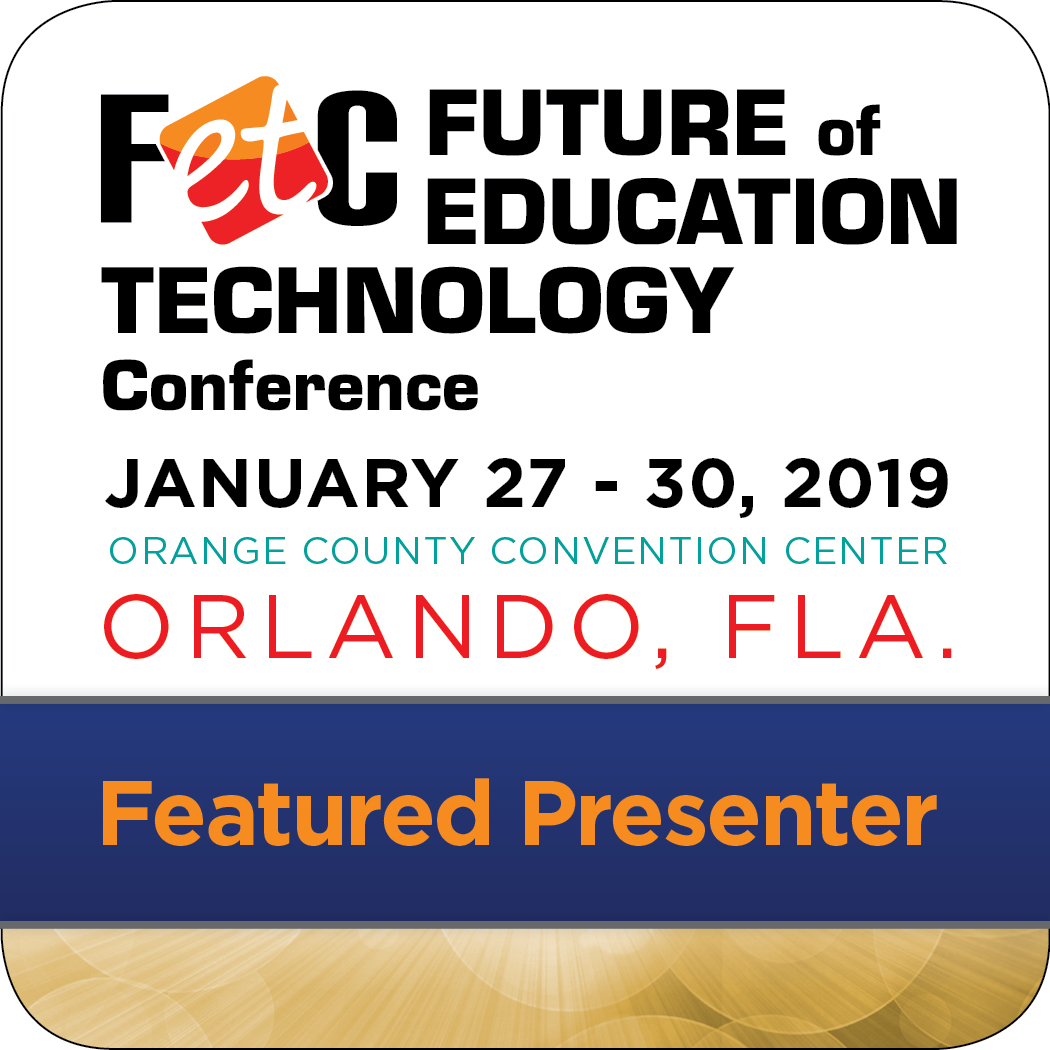
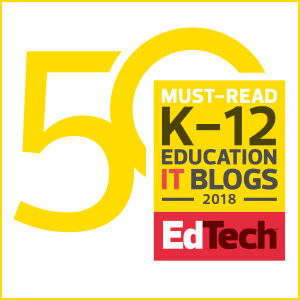
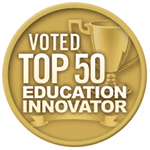









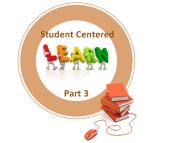
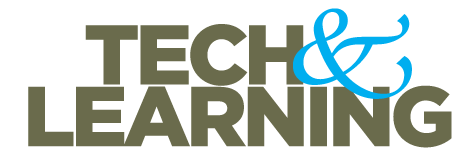
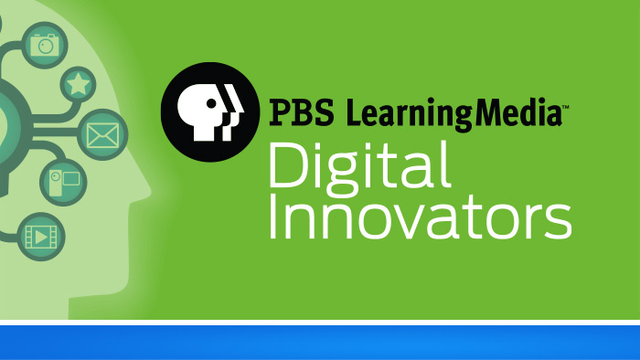
A reblogué ceci sur Il Blog di Tino Soudaz 2.0 ( un pochino).
“He emphasizes more then technology” (Smeech.net)
Technology can make great things happen… real learning can still happen with out it ! -Mike
Reblogged this on Ana Loução.
Thanks for sharing! – Mike